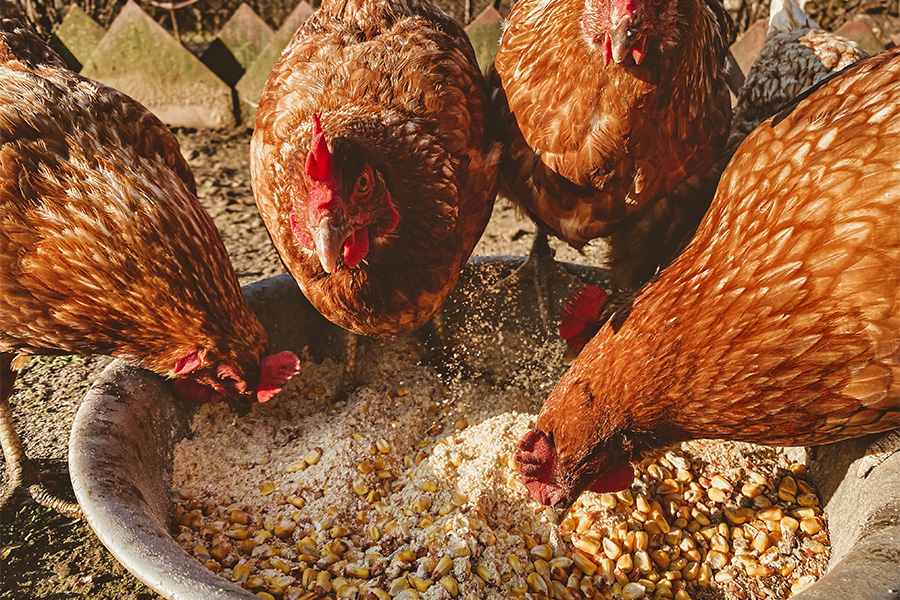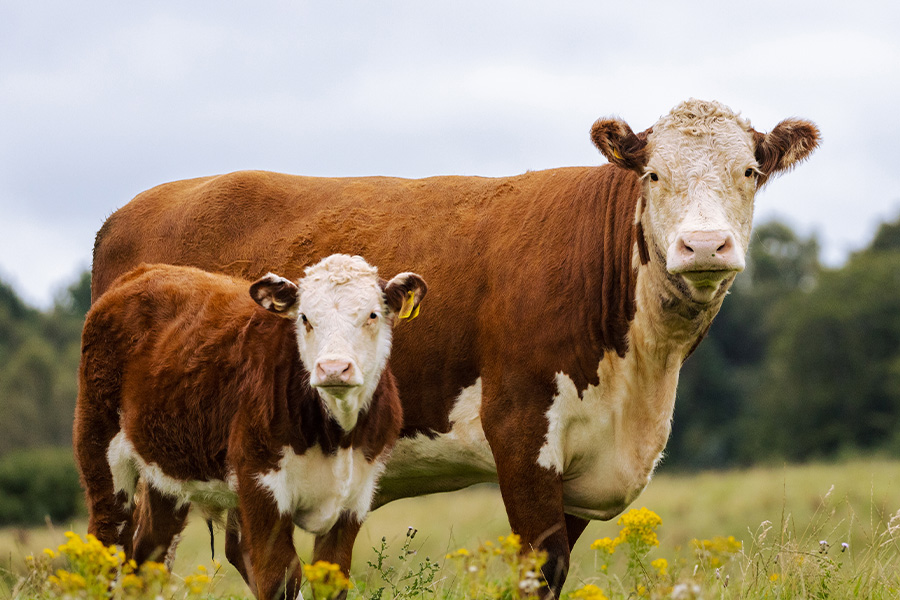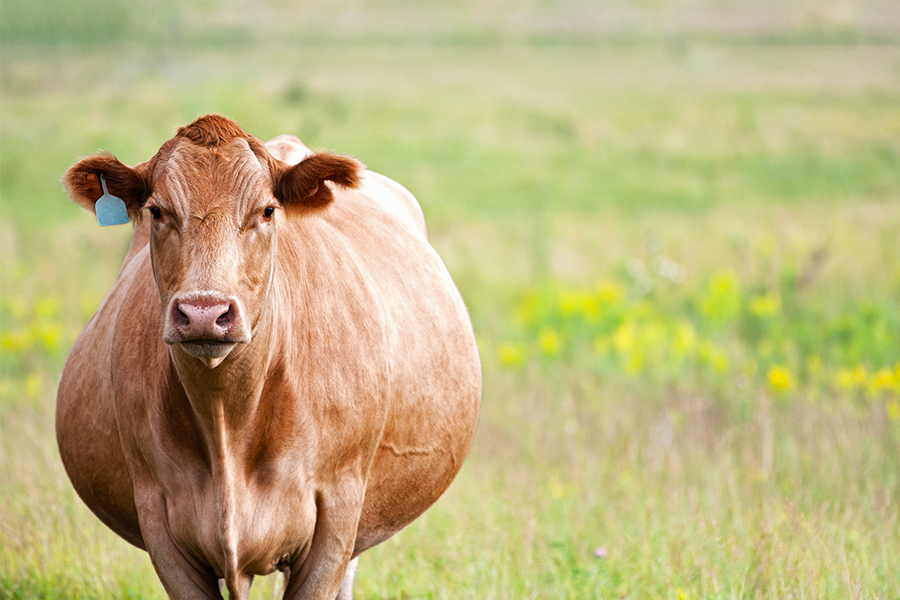Beef
-

This bulletin is an educational reference for those who are interested in animal feeding and nutrition. It defines common terms used when discussing or reading about animal feeding and nutrition.
Uttam K. Saha and Lawton Stewart
|
-

C 859
Selecting a Beef Breed
New cattle producers frequently ask, “Which breed should I choose?” This question brings cold chills to many knowledgeable cattle producers and excitement to just as many enthusiastic breeders. The diversity of resources and management capabilities of any operation makes this question difficult to answer.
Carole Knight and Ted G. Dyer
|
-

In recent years, global climate change has been one of the most frequently discussed scientific ideas in the popular press. Terms like “global warming” and “greenhouse gas” have been politicized with little discussion of what they really mean, shedding more heat than light on scientific discussions of changing climate. Concerns about the relative contributions of greenhouse gases from different industries have caused much finger pointing without making it clear how the gases are produced and what options are available for management of the gas emissions. In particular, agriculture has been identified as one of the major contributors to greenhouse gas emissions, and this has caused consumers to question the production practices used in modern agricultural systems. Specific focus has been placed on cattle production because these animals digest feed by a process called “enteric fermentation,” which produces methane as a by-product. The purpose of this bulletin is to explain the basic debate surrounding methane production from livestock, in particular how it is produced in the rumen.
Pam Knox and Jacob R. Segers
|
-

Cattle producers commonly evaluate reproductive performance by determining how many cows became pregnant during the breeding season. Although pregnancy rates are important, when the females become pregnant within the breeding season is a major component of cow-calf profitability. Cows that become pregnant early in the breeding season calve earlier in the calving season. Consequently, they have more time to recover before the next breeding season, which increases their chances of becoming pregnant and staying longer in the herd. Estrus synchronization programs have the ability of inducing estrus and can be combined with natural service to increase the percentage of cows and heifers that become pregnant early in the season. This publication describe different synchronization protocols that can be incorporated by cow-calf producers utilizing only natural service.
Nathan Eason, Jason Duggin, Pedro Fontes, and Andy Carter
|
-

The number of calves sold is a major source of income from a cow/calf operation. A high percent calf crop increases profit. Reproductive efficiency is the first factor to consider in a breeding program. A beef cow must conceive in the first 40 to 60 days of the breeding season, have a live calf unassisted, breed back to calve every 12 months, and raise a calf that is heavy enough to be profitable. To accomplish this, she must be managed correctly.
Carole Knight and Ted G. Dyer
|
-

Genomic testing is not a new idea in the eyes of science, but its application in today’s beef industry is still met with some confusion. The purpose of this publication is to explain to county agents and producers how genomic testing works, how to use the results, and why this technology is valuable to cattlemen. This bulletin covers a simple history of genetic technology; parentage testing and simple inheritance; how genomic tests work, including sample collection and how results are used; and accuracy and GE-EPDs.
Jacob R. Segers
|
-

Sprouted grains are usually considered unsuitable for milling or distilling; however, they can serve as an excellent source of nutrients for cattle.
Wheat, which is commonly used for human consumption, is usually priced higher than other feedstuffs and is typically not utilized for livestock consumption. Sprouted wheat, however, is discounted heavily at the mill and may be economically feasible to incorporate into beef cattle rations.Lawton Stewart
|
-

The pre-breeding period (2 months prior to breeding) is essential for preparing bulls for a successful breeding season. This is particularly important for yearling bulls as they are still growing and will use for energy during their first breeding season. Pre-breeding management should include an adaptation period, breeding soundness exam, health care, exercise, and an evaluation of body condition score. These topics are discussed in the circular. Proper pre-breeding management will increase reproductive efficiency and profitability in beef herds.
Jacob R. Segers and Jason Duggin
|
-

In the Southeastern U.S., beef cattle producers focus on forage management and maximizing the grazing season. To that end, Southeastern cattle spend the vast majority of their lives either grazing or consuming stored forage. Cereal grains and coproduct feeds are also commonly used nutritional supplements for cattle in times of elevated nutrient requirement. Any disease or disorder in the beef herd represents a nutrient drain and subsequent economic inefficiency. Sudden shifts in dietary composition as well as mineral imbalances are the primary causes for most nutritional and metabolic disorders. This publication contains an overview of the common nutritional and metabolic disorders that may affect beef herds in the Southeast along with management strategies that can be used to minimize the effects of these disorders in beef cattle production systems.
Jacob R. Segers and Lawton Stewart
|